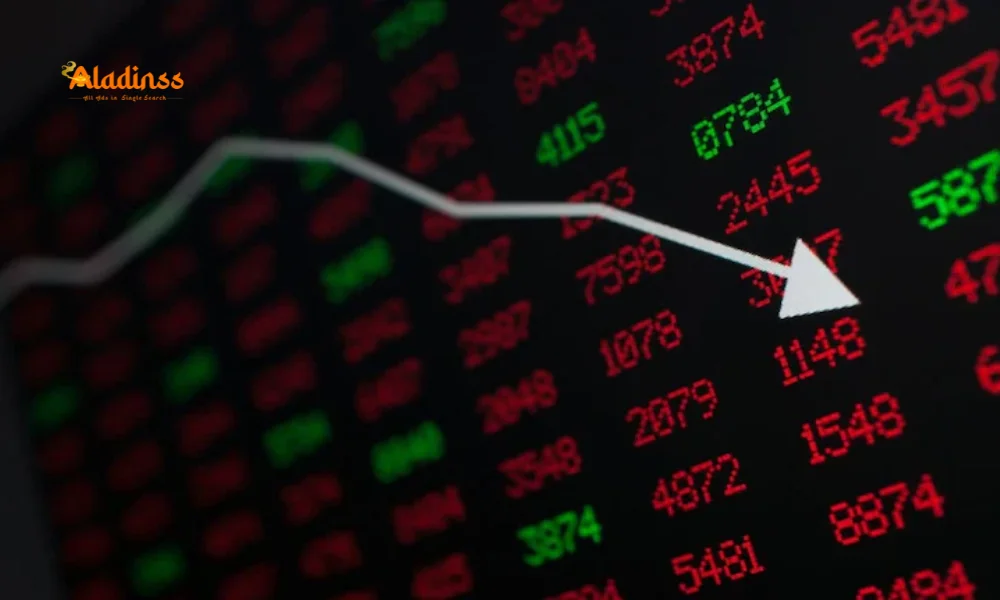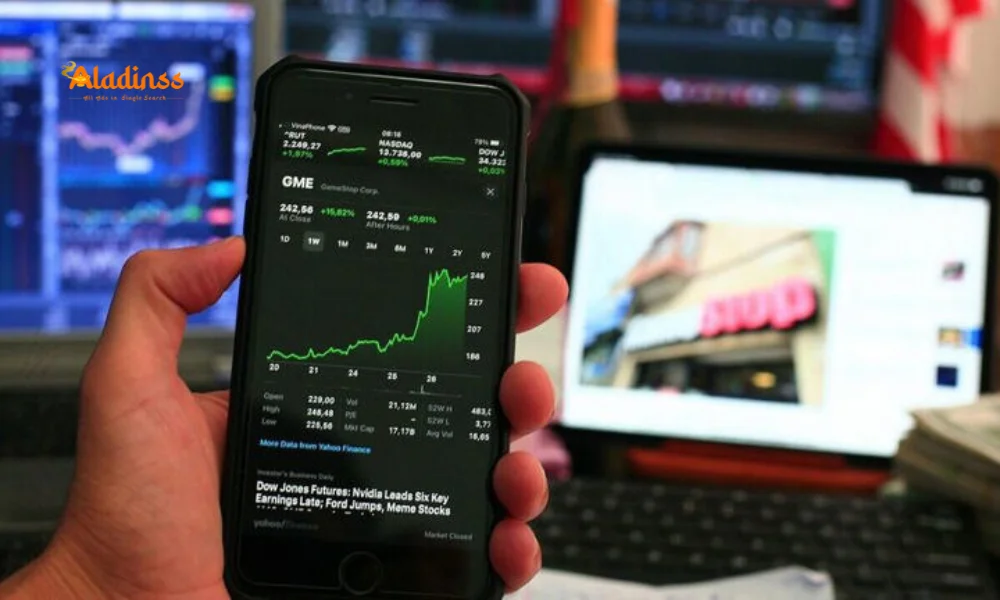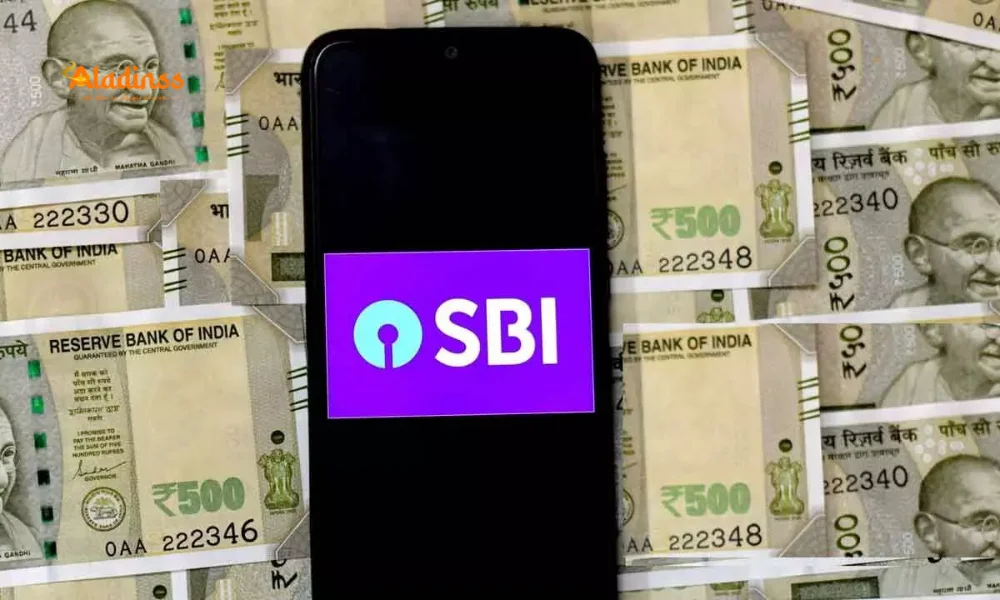Sensex Crashes 800 Points: Why Indian Stock Market Fell Today
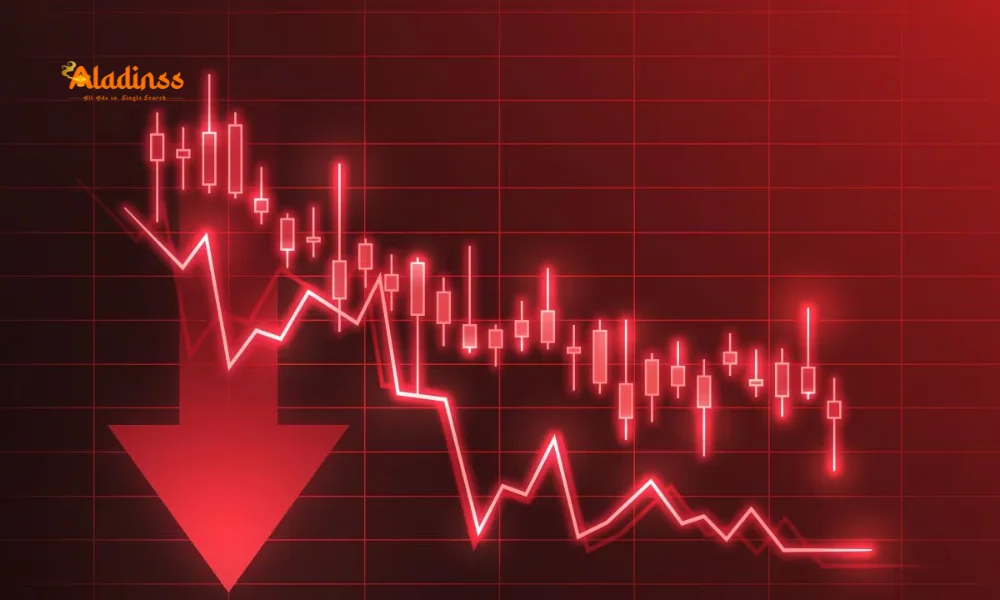
Sensex Plummets 800 Points, Nifty Slides Below 24,700: 5 Reasons Behind Indian Stock Market Crash
The Indian stock market witnessed a steep decline today, September 26, 2025, as the BSE Sensex crashed 800 points, a 0.98% drop, hitting an intraday low of 80,360. The NSE Nifty 50 followed suit, tumbling 252 points or 1.01% to 24,638.40, marking the sixth consecutive session of losses. Investors are grappling with why the Indian stock market is falling today, with global trade tensions, relentless foreign portfolio investor (FPI) selling, and domestic uncertainties fueling the downturn. The market capitalization of BSE-listed companies fell to ₹450.61 lakh crore, erasing ₹6.73 lakh crore in investor wealth in a single day. This article explores five key reasons behind the stock market crash, shedding light on Sensex today, Nifty 50 performance, and broader market dynamics.
1. Trump’s Pharma Tariffs Spark Panic
A fresh wave of tariffs imposed by US President Donald Trump has rattled Dalal Street, particularly impacting the pharmaceutical sector. Effective October 1, 2025, the US introduced a 50% levy on Indian exports, including branded and patented drugs. With the US accounting for over a third of India’s pharmaceutical exports, this move triggered a 2% drop in the pharma index. Major players like Sun Pharma and Dr. Reddy’s Labs saw declines of up to 5%. According to market analyst G. Chokkalingam of Equinomics Research, the Indian stock market will likely remain subdued until a bilateral trade agreement between the US and India restores optimism. The uncertainty surrounding these pharma tariffs has heightened fears of reduced export revenues, further denting investor confidence in Sensex and Nifty today.
The pharma sector’s struggles reflect broader concerns about India’s exposure to global trade policies. As one of the world’s largest suppliers of generic drugs, India’s export-driven pharma industry is particularly vulnerable to such disruptions. Investors, wary of potential revenue losses, have offloaded pharma stocks, contributing significantly to the stock market crash today.
2. H-1B Visa Fee Hike Hits IT Stocks
The US administration’s recent decision to raise H-1B visa fees to $1,000 has dealt a blow to Indian IT companies, which rely heavily on these visas for their US operations. Indians account for 70% of H-1B visas issued annually, making this policy shift a significant concern for the IT sector. Stocks like Tata Consultancy Services (TCS), which holds the highest number of H-1B visas among Indian firms, hit a 52-week low today. Other IT giants, including Infosys, Tech Mahindra, and HCL Technologies, also saw sharp declines, with the IT index trending downward for six consecutive days.
The increased visa costs raise operational expenses for IT firms, squeezing profit margins and dampening investor sentiment. Given the IT sector’s significant weight in the Sensex and Nifty 50, this downturn has amplified the broader market crash, with investors reevaluating growth prospects in one of India’s key industries.
3. Fading Hopes for US Federal Reserve Rate Cuts
Expectations of further interest rate cuts by the US Federal Reserve have dimmed following robust US GDP data. According to Reuters, the likelihood of rate cuts in October and December 2025 has dropped to 87% and 62%, respectively, down from 91% and 76% previously, as per the CME FedWatch Tool. Federal Reserve Chair Jerome Powell’s cautious stance on monetary policy has further fueled uncertainty. Powell warned that overly aggressive rate cuts could leave inflation unchecked, while prolonged high rates might weaken the labor market unnecessarily.
For emerging markets like India, higher US interest rates reduce the appeal of riskier assets, prompting capital outflows. This dynamic has put additional pressure on the Indian stock market, contributing to the Sensex crash and Nifty 50 decline. Investors are now bracing for a prolonged period of tight monetary policy, which could further dampen market sentiment.
4. Persistent FPI Selling Spree
Foreign portfolio investors (FPIs) have been aggressively selling Indian stocks, with outflows reaching ₹13,450 crore in September 2025 alone. This marks the third consecutive month of FPI selling, totaling a staggering ₹1,44,085 crore for the year. Experts warn that this relentless selling is a key driver of the Indian stock market crash today. While FPIs are divesting in India, they are redirecting capital to other emerging markets like Hong Kong, Taiwan, and South Korea, causing India to underperform relative to its peers.
The sustained FPI selloff reflects concerns over high valuations and global uncertainties, including US trade policies and monetary tightening. This capital flight has intensified downward pressure on Sensex and Nifty, leaving domestic investors cautious and contributing to the broader market downturn.
5. Uncertainty Over Corporate Earnings Recovery
As the September quarter earnings season approaches, investors remain skeptical about a robust corporate earnings recovery. N. ArunaGiri, Founder & CEO of TrustLine Holdings, suggests that meaningful earnings growth is unlikely before FY27, signaling a prolonged “time correction” phase where valuations stagnate until earnings catch up. The recent GST reform, implemented on September 22, 2025, is expected to take time to yield results, further tempering expectations for Q2 performance.
This uncertainty has prompted investors to adopt a wait-and-see approach, reducing buying activity and exacerbating the stock market crash. Companies across sectors, from pharma to IT, face challenges in delivering strong results amid global headwinds and domestic policy transitions, keeping the Sensex and Nifty under pressure.
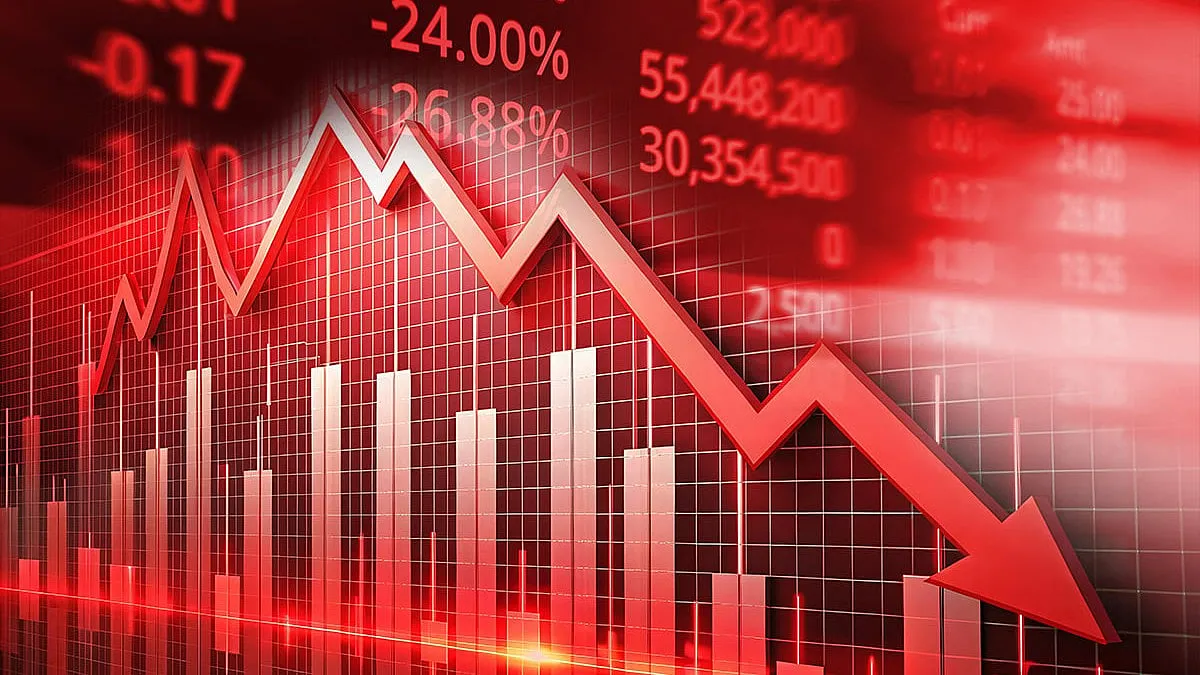
Key Takeaways
- Trump’s tariffs on Indian pharma exports have triggered a sharp decline in pharma stocks, impacting the broader market.
- H-1B visa fee hikes have hit IT stocks hard, with companies like TCS and Infosys seeing significant selloffs.
- Fading hopes for US Federal Reserve rate cuts are driving capital outflows from emerging markets like India.
- Persistent FPI selling, totaling ₹1,44,085 crore in 2025, continues to pressure Sensex and Nifty.
- Uncertainty over Q2 earnings and the slow impact of GST reforms are keeping investors cautious.
The Indian stock market’s current turmoil reflects a confluence of global and domestic challenges. From US trade policies to FPI outflows and earnings uncertainties, the factors driving the Sensex and Nifty decline are multifaceted. Investors tracking Sensex today or analyzing Nifty 50 performance will need to monitor these developments closely, as the market navigates a complex landscape of trade tensions, policy shifts, and economic uncertainties.
Comment / Reply From
No comments yet. Be the first to comment!
